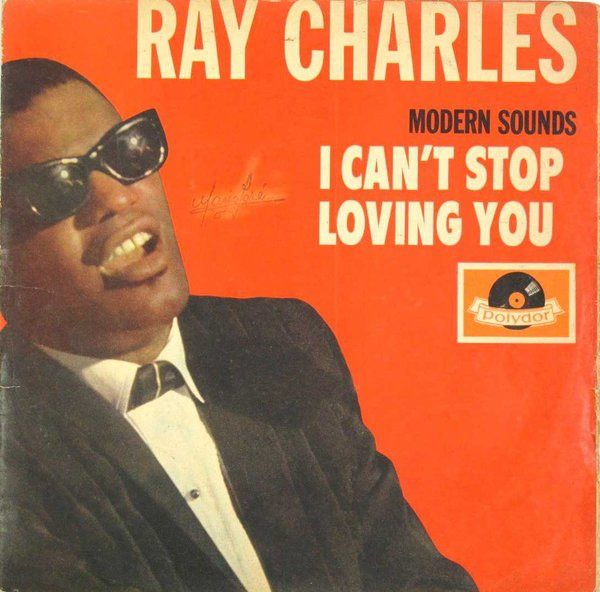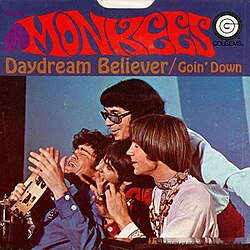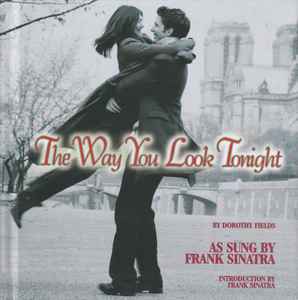 When Don and Phil Everly released “Cathy’s Clown” in 1960, they weren’t merely offering another doo-wop-inflected tune to a pop-saturated market — they were unveiling a new standard in pop music craftsmanship. A deceptively simple composition that managed to sound both ancient and ahead of its time, “Cathy’s Clown” struck a nerve across generations. With its lush harmonies, poignant lyrics, and innovative studio production, the track became not only one of the Everly Brothers’ biggest hits but also one of the most influential recordings of the rock and roll era. It laid the groundwork for much of what would define the British Invasion and offered a blueprint for pop melancholia that artists continue to draw from decades later.
When Don and Phil Everly released “Cathy’s Clown” in 1960, they weren’t merely offering another doo-wop-inflected tune to a pop-saturated market — they were unveiling a new standard in pop music craftsmanship. A deceptively simple composition that managed to sound both ancient and ahead of its time, “Cathy’s Clown” struck a nerve across generations. With its lush harmonies, poignant lyrics, and innovative studio production, the track became not only one of the Everly Brothers’ biggest hits but also one of the most influential recordings of the rock and roll era. It laid the groundwork for much of what would define the British Invasion and offered a blueprint for pop melancholia that artists continue to draw from decades later.
By 1960, the Everly Brothers had already built a career on sparkling harmonies and emotionally resonant songs. They had hits with “Bye Bye Love,” “Wake Up Little Susie,” and “All I Have to Do is Dream,” all of which cemented their status as teenage idols with crossover appeal. But “Cathy’s Clown” represented a shift. It was their first single on Warner Bros. Records after departing from Cadence, and it came with a price tag — Warner had paid a then-unheard-of $1 million for their contract. The pressure was immense, and “Cathy’s Clown” delivered with unprecedented success. The song hit No. 1 in the U.S. and the U.K., staying on top of the Billboard Hot 100 for five weeks. It was the first single ever released by Warner Bros. to top the charts and remains one of the label’s defining early moments.
Musically, “Cathy’s Clown” occupies a unique sonic space. It starts with a bold, martial drumbeat — unusual for pop singles at the time — which sets the stage for the brothers’ tight, unison vocals. Rather than singing in harmony as they had in earlier hits, Don and Phil sing in synchronized unison throughout much of the song. This technique lends a haunting, almost ghostly quality to the track, as though a single voice were lamenting through two mouths. The effect is immediate and unforgettable, establishing a tone of emotional gravity and interpersonal drama from the outset.
Lyrically, “Cathy’s Clown” explores a familiar yet powerful narrative: the sting of heartbreak and the humiliation of love lost. The narrator, presumably jilted by the titular Cathy, is caught between pain and pride. He’s been wronged, yes, but he’s also ashamed — ashamed of being seen as a fool, a clown. “Don’t want your love any more,” the brothers sing, but the resignation sounds more like heartbreak than empowerment. The song’s emotional core lies in this tension — the desire to be strong, juxtaposed against the raw vulnerability of being abandoned. The lyrics capture the complexity of post-teen romantic anguish in a way that hadn’t been done so starkly in popular music before. This wasn’t just bubblegum sorrow — it was a dignified lament, wrapped in a pop song.
One of the most fascinating aspects of “Cathy’s Clown” is its musical arrangement. The drum pattern that opens the track is one of its most striking features — syncopated and almost militaristic, it adds a sense of urgency and drama that contrasts with the gentle, melancholic melody. Guitar lines shimmer just beneath the surface, understated yet crucial, and the bass anchors the song with subtle authority. The production, overseen by Wesley Rose and engineered with finesse, showcases a level of studio sophistication that would become increasingly important in the 1960s. In fact, the recording was so layered that for decades it was mistakenly believed to be the work of legendary Nashville session players; only later did it emerge that Don and Phil had a major hand in the track’s instrumentation.
The song’s impact on music history is immense. When The Beatles were developing their sound in the early 1960s, they cited the Everly Brothers — and “Cathy’s Clown” in particular — as a major influence. John Lennon and Paul McCartney studied the unison vocals and tried to emulate the sense of emotional immediacy the Everlys achieved. “Cathy’s Clown” was one of the first pop records to utilize a double-track vocal throughout the song, a technique that would become a staple in Beatles recordings and beyond. Its structural innovations — no clear verse-chorus format, unexpected chord progressions — hinted at the future of pop songwriting, where rules could be bent or broken in service of emotional expression.
Beyond the Beatles, the song’s DNA can be found in the works of Simon & Garfunkel, The Byrds, and even indie acts like Fleet Foxes, whose harmonies and bittersweet narratives owe much to the Everly Brothers’ emotional blueprint. The harmonies of “Cathy’s Clown” have become archetypal, referenced again and again as artists chase that same blend of aching beauty and melodic precision.
But part of what makes “Cathy’s Clown” so enduring is its universality. The song doesn’t rely on period-specific slang or cultural references; it speaks directly to the experience of being humiliated in love — a timeless, borderless feeling. The shame of being rejected, the desire to maintain dignity, and the pain of lost affection all find a voice in the track. It’s music as emotional mirror: you don’t need to be a teenager in the 1960s to feel the sting of Cathy’s betrayal.
There’s also something mythic about the song. We never meet Cathy. We never hear her side of the story. We’re given only the voice of the wounded narrator, which makes the song feel like a confessional — raw, one-sided, and deeply human. This approach would later become common in singer-songwriter fare, but in 1960, it was a revelation. “Cathy’s Clown” wasn’t just a song about love gone wrong — it was a cry from the soul, dignified by its restraint and elevated by its musical genius.
The Everly Brothers continued to have a successful career after “Cathy’s Clown,” but the song remained a high watermark. It has been covered by artists ranging from Reba McEntire to the Hollies, yet no version has ever quite captured the aching simplicity of the original. Its legacy is also preserved in its place in the Grammy Hall of Fame and the National Recording Registry of the Library of Congress, both of which recognize its cultural and artistic significance.
The Everlys themselves have acknowledged the song’s special place in their catalog. In interviews, Don and Phil described it as one of the most satisfying songs they ever recorded, noting the way it combined lyrical directness with musical sophistication. Despite their eventual falling-out and complex personal relationship, “Cathy’s Clown” remains a monument to what they could create together — a testament to the magic of sibling harmony, pop instinct, and heartfelt songwriting.
Even today, “Cathy’s Clown” holds up not as a relic but as a vibrant, emotionally immediate piece of music. It doesn’t sound like a museum piece — it sounds like heartbreak. The vocal delivery feels close, intimate, as if the listener is being let in on a secret. That intimacy, that emotional rawness delivered with such technical grace, is the secret to its timelessness.
In a world where pop music is often consumed quickly and forgotten just as fast, “Cathy’s Clown” endures. It’s played at weddings and heartbreak-themed playlists, taught in music history classes, and held up by critics as a pinnacle of early pop excellence. Its ability to communicate sorrow, pride, and resignation in under three minutes is a feat that few songs have matched.
There’s a reason why, after more than six decades, the name “Cathy’s Clown” still resonates. It’s not just the beauty of the melody or the innovation of its structure. It’s the feeling it leaves behind — a bittersweet echo, like a sigh in the dark. A song about heartbreak that never loses heart, about shame that still has dignity, “Cathy’s Clown” is more than a hit. It’s a pop masterpiece.


